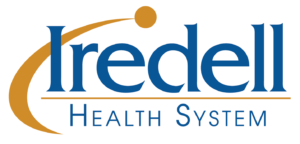Iredell Health

Our Approach
We sought to understand Iredell’s specific needs. There were multiple assumptions that had been made about the type of waste being generated within the facility and we needed to understand first-hand the reality versus the assumption. Our team walked the hospital to map current processes, talked with nursing staff to assess their understanding of segregation requirements, and conducted superficial “bin-checks” to understand the level of segregation correction required. The Daniels team conducted audits of the black bins throughout the facility. During the audits, we quickly identified items that had been over-categorized as hazardous waste – partially full saline bags, gloves, expired medications, packaging, and non hazardous RCRA.
Our team requested a list from the Pharmacy to take stock all of the drugs Iredell used on site.Based offofthis list,we ran a full formulary analysis to show the coding of the drugs, and then worked with the Nurse Manager of each unit to put together a customized list of all the drugs that were classified as hazardous.
Prior to the rollout of Daniels’ non-haz Pharmasmart reusable containers, the Daniels team worked with nursing staff facility-wide to provide new education on correct categorization and segregation of hazardous waste. Taking examples from the waste audits, we provided clear direction on the general waste disposal of packaging and saline bags, and worked with facility staff to determine how many locations required non-hazardous waste containers and the optimal location for safety and accessibility.
Let's Talk!
Your time is valuable, and we don’t want to play hard to get. You can either phone us directly on the details listed on our contact page, or feel free to fill out this short form and one of our team members will get back to you as quickly as possible.